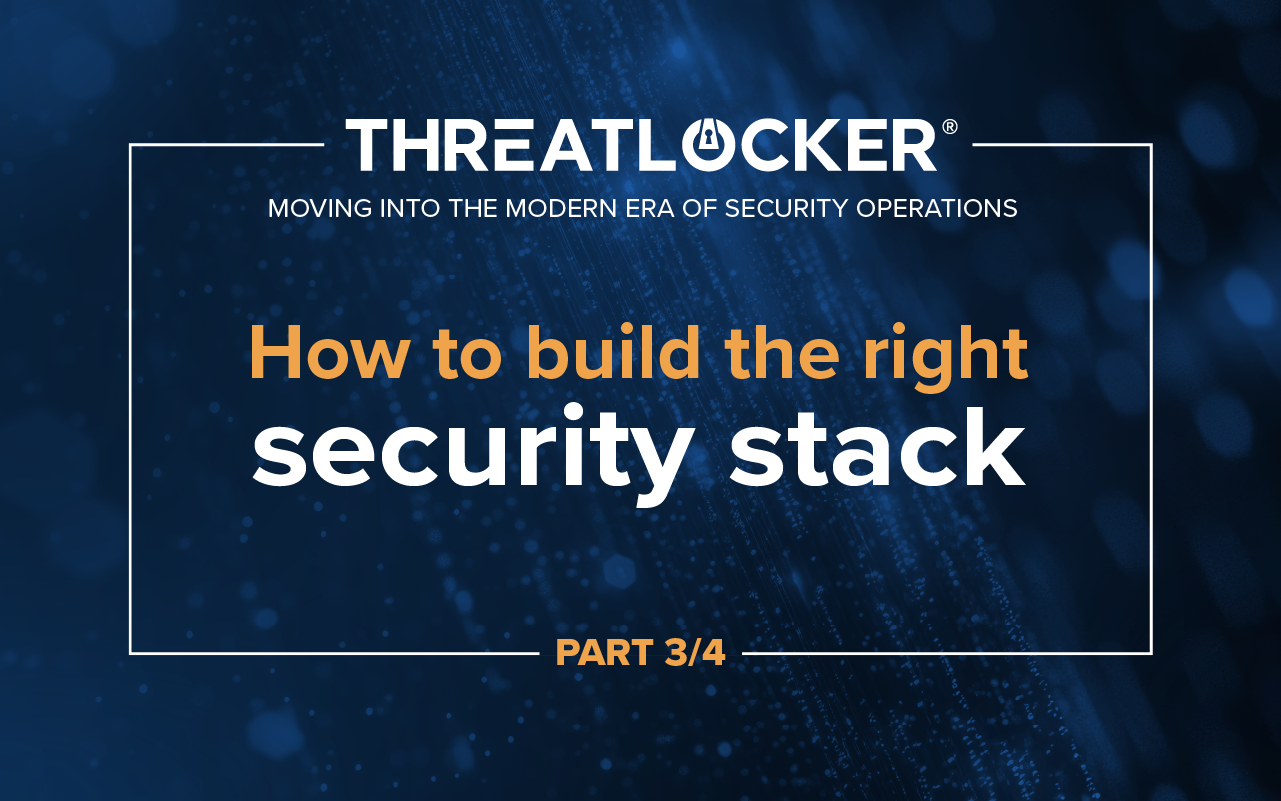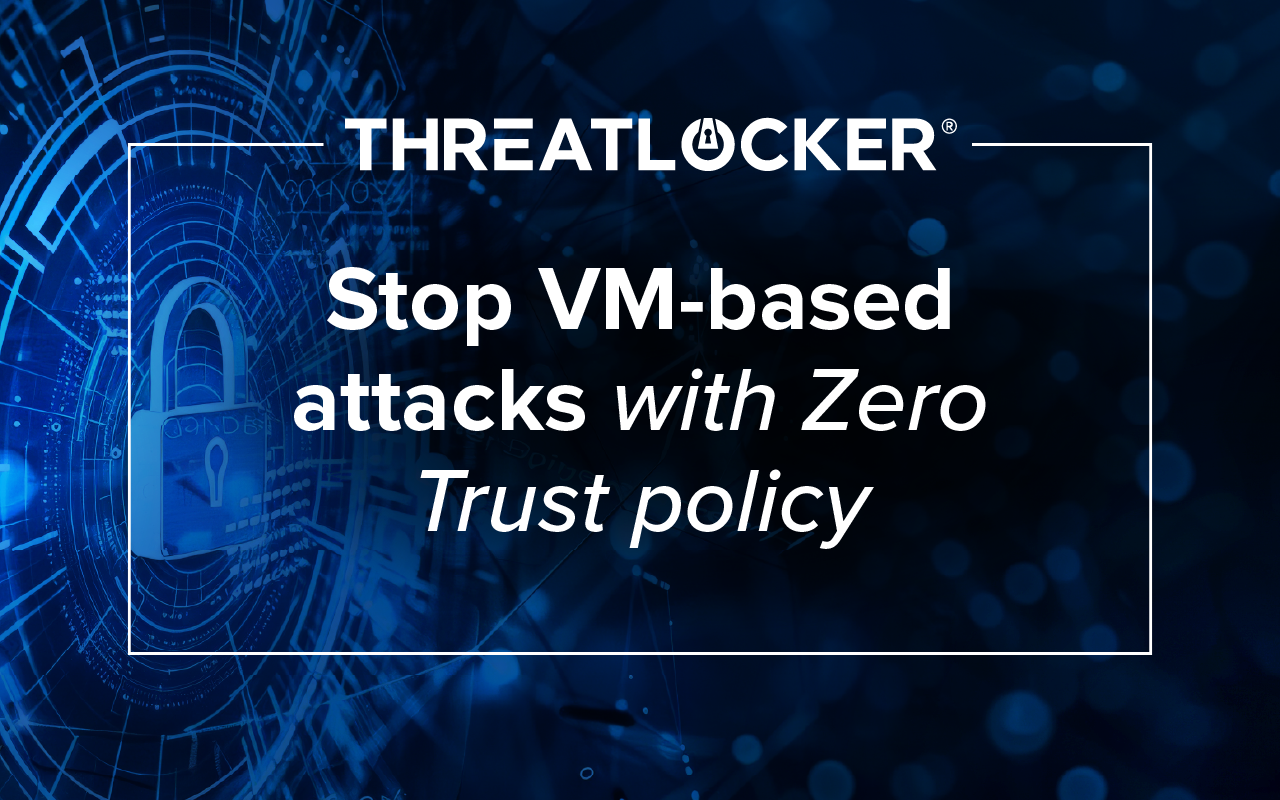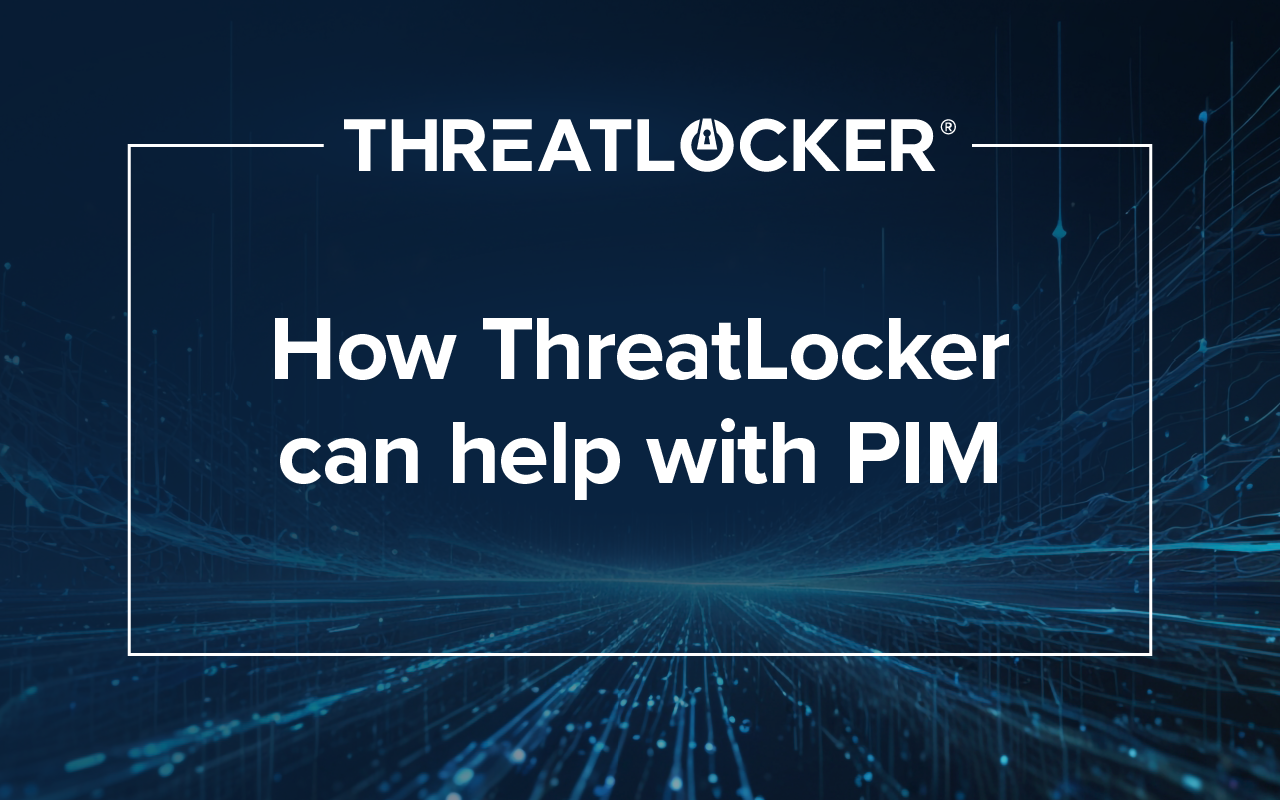Table of contents
Part 3 of a four-part series, Moving into the modern era of security operations
A security stack is not about collecting as many tools as possible. The goal is to layer the right defenses in the right order, reduce friction for users, and align with organizational priorities. The modern stack should give defenders visibility and control without bogging down systems or distracting from core work.
Starting at the perimeter
The first line of defense is the firewall. At its most basic, it filters traffic in and out of the network. For many organizations, however, a simple firewall isn’t enough. Next-generation firewalls inspect the application layer, giving security teams the ability to spot and block malicious behavior that slips past basic rules. The right level of firewall complexity depends on the industry and network topology. A heavily regulated business with exposed services may need advanced inspection, while a smaller operation may find a simpler approach sufficient.
Centralizing visibility and response
A security information and event management (SIEM) system acts as the hub for visibility. It collects logs from across the environment: EDR, firewalls, identity providers, hypervisors, and more. The power of SIEM lies in correlating activity across disparate sources. By tying events together through IP addresses, assets, or usernames, analysts can trace an attacker’s path and identify threats faster.
Protecting systems and devices
Endpoint protection platforms are essential because they regulate and monitor what is happening directly on devices. It's common for endpoints to be leveraged as operational footholds for threat actors.
On lower-spec machines, resource intensive endpoint protection platforms may noticeably slow down performance, impacting productivity. That’s why many organizations look to minimize the number of agents installed on any single endpoint. If one product can deliver the necessary protection, it often makes more sense than stacking multiple agents that compete for resources.
Meanwhile, ThreatLocker delivers strong endpoint protection with a lightweight footprint. Because it consumes fewer system resources, employees don’t lose productivity to sluggish machines. This efficiency allows security teams to adequately cover their inventory of endpoint devices without making users choose between security and performance.
Application Control
Controlling what can run on endpoints and servers is a critical safeguard. If an administrator account is compromised, application control prevents attackers from installing and executing malicious software. This is particularly important for stopping breaches during initial execution and lateral movement. Even when servers are not the initial point of compromise, enforcing strict application policies makes them harder to exploit.
Endpoint detection
Even with strong controls in place, no security is complete without visibility into suspicious behavior. ThreatLocker Detect adds this crucial layer by monitoring endpoint and server activity in real time. Instead of relying on behavior signatures or waiting for threats to fully execute, Detect identifies unusual actions that indicate an attack in progress. Security teams can respond quickly, cutting off malicious activity before it spreads. When combined with Application Control and Ringfencing policies, ThreatLocker Detect provides an active defense that adapts as threats evolve.
Stop sensitive data at the point of exit
After securing endpoints, organizations need to extend protection outward. Data loss prevention (DLP) tools monitor and restrict how sensitive data leaves the environment. This includes email, file uploads, cloud applications, and removable media. Web and DNS filtering provide another layer, blocking access to risky destinations based on categories, reputation, and risk scores. Enforcement can happen at multiple points: through a secure web gateway, an endpoint agent for remotely connected devices, or egress firewall policies that control outbound traffic.
Advanced analytics for modern threats
Modern SOCs also rely on user and entity behavior analytics (UEBA). This technology builds a baseline of normal behavior and flags anomalies that may indicate insider threats or compromised accounts. For organizations holding sensitive intellectual property or trade secrets, UEBA is invaluable. It provides context to log data, allowing teams to spot when a trusted user starts acting in uncharacteristic, potentially harmful ways.
The product layer of a SOC is both technical and strategic. Each tool must fit within a larger framework of protection, detection, and response. The best stack is not the biggest, but the most cohesive: one that strengthens policy, empowers the team, and delivers security without sacrificing performance.






